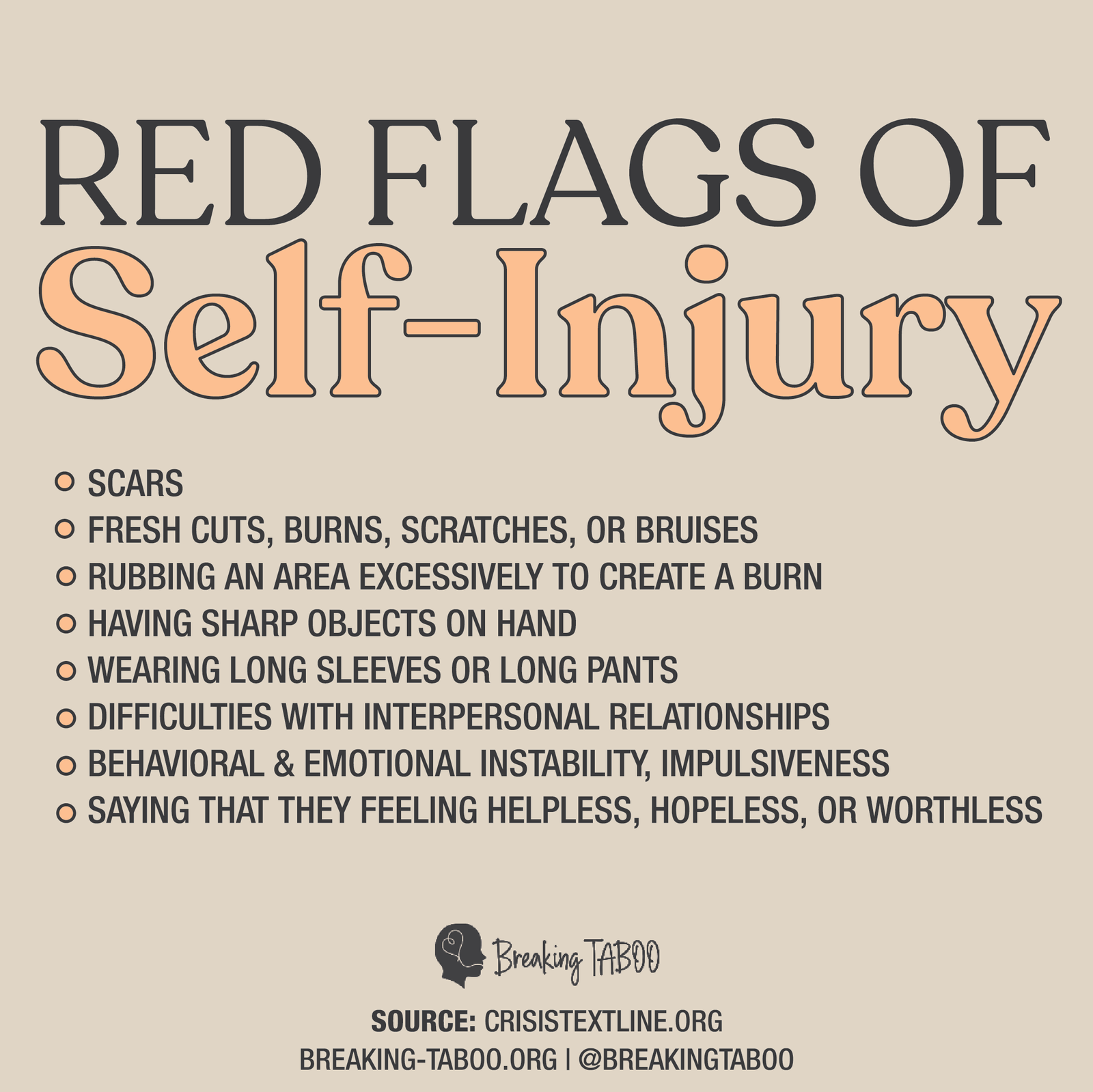Sober living homes are used for people who want to maintain abstinence from alcohol and drugs. It can be difficult to return to a home environment that is not drug and alcohol free. Sober livings create a supportive place for recovering addicts to live during their first few months sober. These homes also have a wide variety of rules that each resident has to follow. There is no drinking alcohol, no taking drugs, no smoking cigarettes unless it’s in a designated area, no sexual contact with other residents; residents must pay fees on time, and there is no stealing from home, no destroying property, and no violent behavior. Residents also must be involved in self-directed recovery program activities. These rules can vary depending on what home you go to.
Sober living homes can vary in price. There are some that cost $10,000 a month and others that can cost around $450 a month. Insurance can be an important factor when deciding which sober living home to go to. Most insurances will likely cover the cost of rehab, but not completely pay for sober living homes. If you can’t afford sober living on your own there are government housing assistance. There are also some nonprofits that allow people to live in their sober living homes for free for a few weeks if they are coming right out of rehab.
What’s the difference between government funded sober living and privately owned sober living?
The downside of smaller facilities is that residents may sometimes feel confined. However, any sober living facilities can offer a variety of positive aspects to it as well. They can offer someone safety, company, structure and the ability to learn how to stay sober while trying to maintain jobs and relationships. Sober livings help people learn how to navigate in the real world. They also offer 12 step meetings, weekly in-house meetings, search for employment, help with house chores, and you can make calls to your loved ones.
On the other side of the spectrum, you have extremely fancy facilities that cost up to $10,000. These homes are sometimes referred to as luxury sober living homes or high end sober living. These facilities offer 12 step meetings, weekly in-house meetings, transportation for meetings, family coaching, sober companions if wanted, private suites, housekeeping, yoga, meditation, gym memberships, pools, spas, ect. They believe in creating an atmosphere like this because it helps ease people while they are in recovery. One downside to luxury homes is that “Despite the intentions of the programs, their high fees and luxury accommodations have drawn criticism from treatment professionals, who say they walk a fine line between coddling and helping.”
What are your opinions on smaller funded sober living homes compared to luxury high end ones? Do you think they both work the same? Do you think the luxury homes offer better options? Should the smaller ones be granted more money? Let us know your thoughts!
Katherine Waldron



